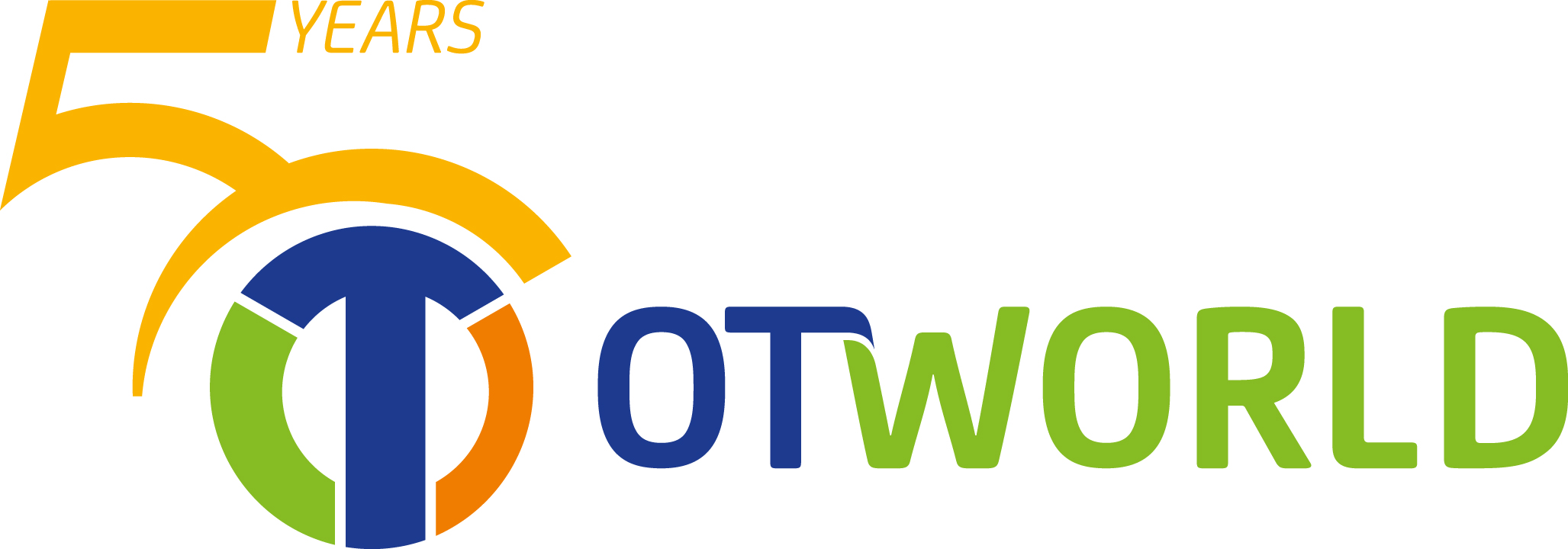Prof. Dr. Frank Braatz
Program Items
Digitalisation, new technologies and the shortage of skilled workers are future challenges in orthopaedic technology as well as orthopaedic footwear technology. Various technologies (such as scanning and fabrication methods) are already being used in the fitting process. Digitalisation also plays a role with regard to quality standards. Participants learn about the advantages and disadvantages of technologies through critical observation, discussion and fitting examples on the basis of digital fitting processes. They learn how future technologies need to meet the needs of the industry even more effectively to ensure the optimal fitting of patients with orthopaedic devices.
Soft orthoses and functional electrostimulation have become established in the treatment of neuro-orthopaedic movement and postural disorders. Participants learn about new and expanded fields of application covered by today’s orthopaedic devices. What are things to watch for in their application? Indications and possible contraindications are discussed.
Various standard surgical procedures are used on the lower limbs. Participants learn about important factors that pertain to amputation levels and things to watch for in the fitting process in order to avoid pitfalls. They get the opportunity to pose their questions directly to experienced operators.
Supplying medical devices to crisis regions and war zones – Ukraine being a current example – poses a tremendous challenge regarding the supply of resources as well as training and the transfer of knowledge. Participants learn about current and proven solution concepts based on concrete examples.
Training opportunities in technical orthopaedics are a topic of great relevance for the entire industry today. They are also very diverse and somewhat different in every country around the world. Participants learn what our neighbours are doing and what education and training models work particularly well. Is our model in Germany still up to date, or is there a need for improvements? These and other questions are subsequently discussed.
Physiotherapie ist in der Hilfsmittelversorgung ein entscheidender Teil im interdisziplinären Setting. Welche Möglichkeiten und Grenzen hat sie dabei und wie sieht die Zukunft der Hilfsmittelversorgung aus? Welche Maßnahmen können eingesetzt werden, um Hilfsmittel anzupassen, mit diesen zu trainieren und eine bestmögliche Wiedereingliederung in das alltägliche Leben zu erreichen? Die Basis der erfolgreichen Behandlung ist die gute Kooperation der einzelnen Disziplinen. Am Beispiel der Prothesen- und Orthesenversorgung erhalten die Teilnehmenden Anregungen für das interdisziplinäre Vorgehen.<strong></strong><strong>Anerkennung durch die Deutsche Gesetzliche Unfallversicherung (DGUV)</strong><br /><strong>Die Veranstaltung ist als Fortbildung „Reha-Medizin/Reha-Management“ im Sinne der Ziffer 5.12 der Anforderungen der gesetzlichen Unfallversicherungsträger nach § 34 SGB VII zur Beteiligung am Durchgangsarztverfahren anerkannt.</strong>
